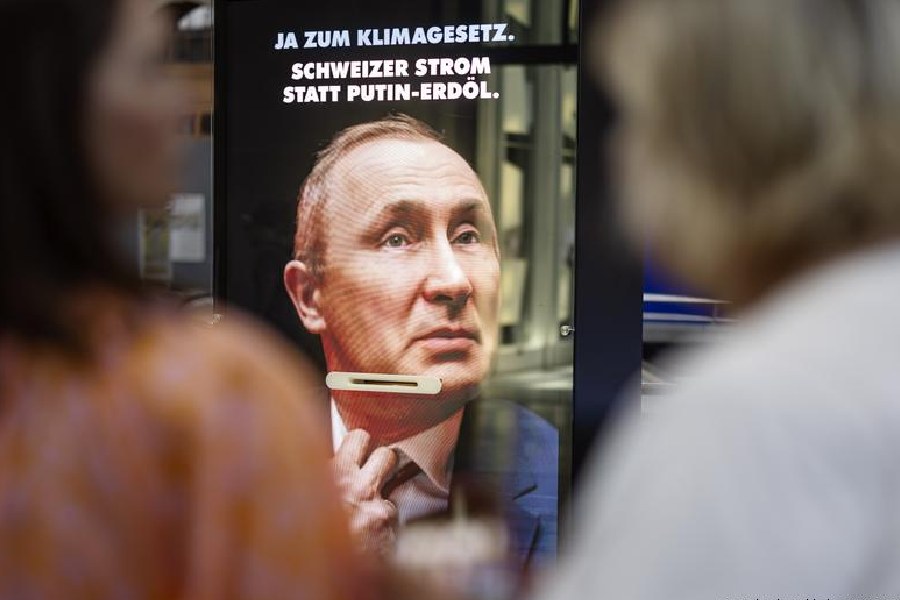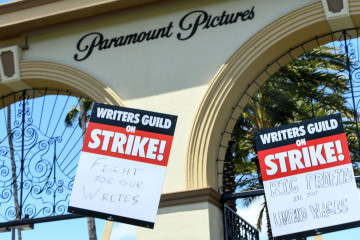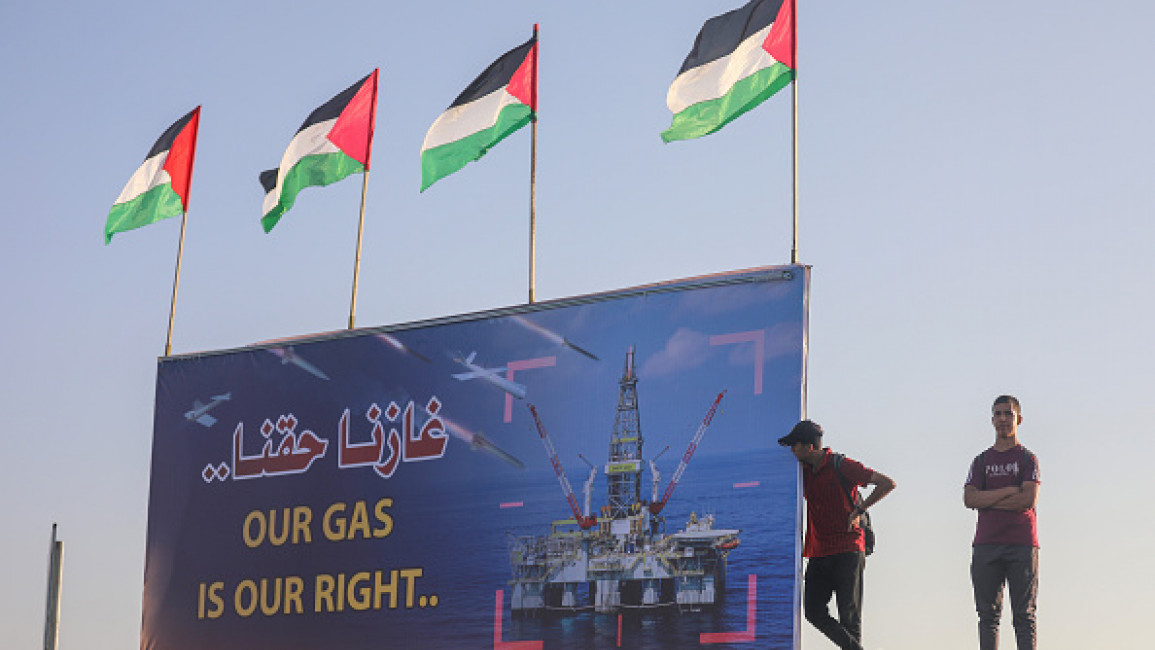After defeating ISIS in its last stronghold in Al-Baghouz area in Deir Ezzor countryside and eliminating it as a controlling power in Syria, nearly 10,000 ISIS members were arrested, mostly handed themselves to Syrian Democratic Forces. Since then, the Autonomous Administration appealed to nearly 60 international and regional countries to take back their citizens, both persons of families of ISIS members and ISIS prisoners, and launched initiatives to relevant countries and human rights and United Nations-affiliated organisations in order to establish an international tribunal, so that ISIS prisoners would be tried according to unrefuted evidence provided by the Autonomous Administration proving their involvement in crimes against the region’s residents.
Following the failure of all initiatives which have been provided to the international community, the Autonomous Administration decided to refer foreign ISIS prisoners to courts in areas under its control to ensure fair trials in accordance with international and local laws regarding terrorist acts and preserve the rights of plaintiffs and the victims’ families.
The decision of trying ISIS members, who are held in prisons of the Autonomous Administration, was met by considerable reactions by the residents, especially those who have been affected by ISIS crimes, where they welcomed the decision and expressed their support to such steps.
Speaking to SOHR, a civilian known by his initials as S. S. from Al-Hasakah city said, “on March 20, 2015, ISIS detonated booby-trapped car and motorcycle in civilians on the eve of Nowruz in Al-Hasakah city. The two explosions left 52 fatalities, some of whom were my relatives and friends, and over 200 others injured. I was also injured with tens of metal fragments. I support the Autonomous Administration’s decision to try ISIS prisoners and ensure maximum penalties against everyone involved in crimes committed by ISIS which is the source of panic in the area until now. We appeal to the international community to repatriate ISIS prisoners from prisons located inside cities and the families of ISIS members, who are held in camps, such as Al-Hawl camp which is considered as a “ticking bomb.”
Another civilian known as A. S. from Qobour Qarajenah village in Tel Tamr countryside and now living in “Washo Kani” camp, which hosts displaced civilians who have been forced to displace during “Peace Spring” operation, told SOHR, “while I was going to school, as I was a high-school student then, a landmine exploded, and I was severely injured and lost my leg. That landmine had been planted by ISIS which left the village, but its dangerous remnants remain.” The man stressed that all ISIS criminals who killed and humiliated civilians and forced them to displace must be punished.
The journalist and terrorism affairs observer “Abd Al-Halim Suleiman” has told SOHR, “regarding the decision of trying ISIS members held in prisons of the Autonomous Administration was a public demand, and the Autonomous Administration brought the decision to the fore after the end of Al-Baghouz battle, especially since this cause posed a legal dilemma. Those ISIS prisoners hail from over 60 countries, and this affects the region of north and east Syria, since they are held in prisons of the Autonomous Administration. Unfortunately, the international community did not respond to the initiative which had been launched by the Autonomous Administration a few years ago, and it reached no solutions and abandoned the issue of ISIS prisoners. Accordingly, the Autonomous Administration found itself to turn to effective judiciary. Countries whose citizens belong to ISIS and imprisoned in Autonomous Administration’s prisons have to cooperate with the Autonomous Administration to try them and put an end to this dilemma.”
Although ISIS has been eliminated as a controlling power in Syria, its affiliated cells are active and numerous in areas controlled by the Autonomous Administration and carry out frequent attacks that target combatants and civilians, including armed attacks, assassinations, explosions and ambushes, as well as attacks on SDF military posts.




:quality(70)/cloudfront-eu-central-1.images.arcpublishing.com/thenational/EO626SR62MZ4GN7P65XUVZPEGU.jpg)
:quality(70)/cloudfront-eu-central-1.images.arcpublishing.com/thenational/24H25XFCOLH345F73OSBXCVEFQ.jpg)
:quality(70)/cloudfront-eu-central-1.images.arcpublishing.com/thenational/D2DM5YS76GY2DMCKU5O3NYY6UU.jpg)







